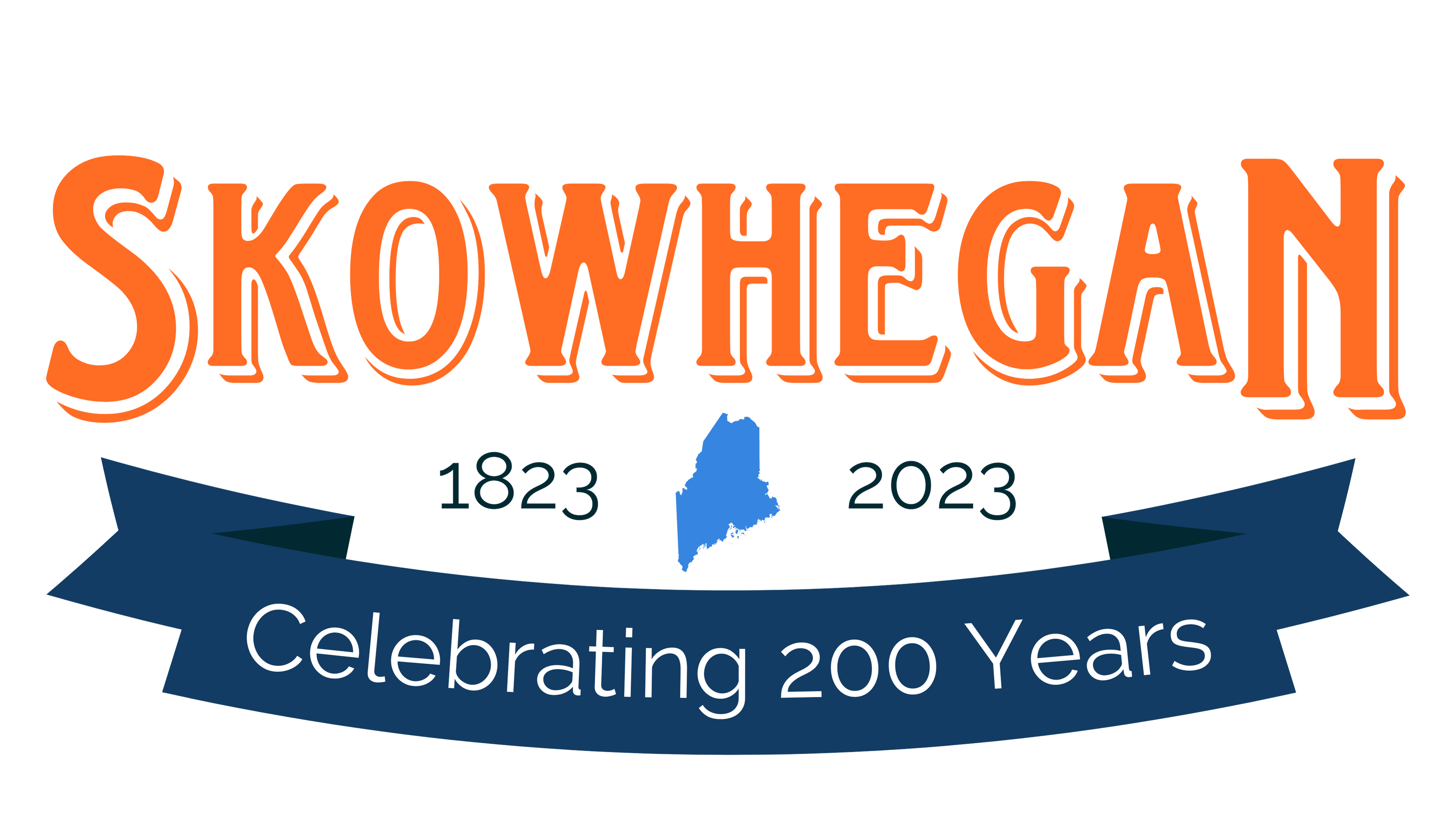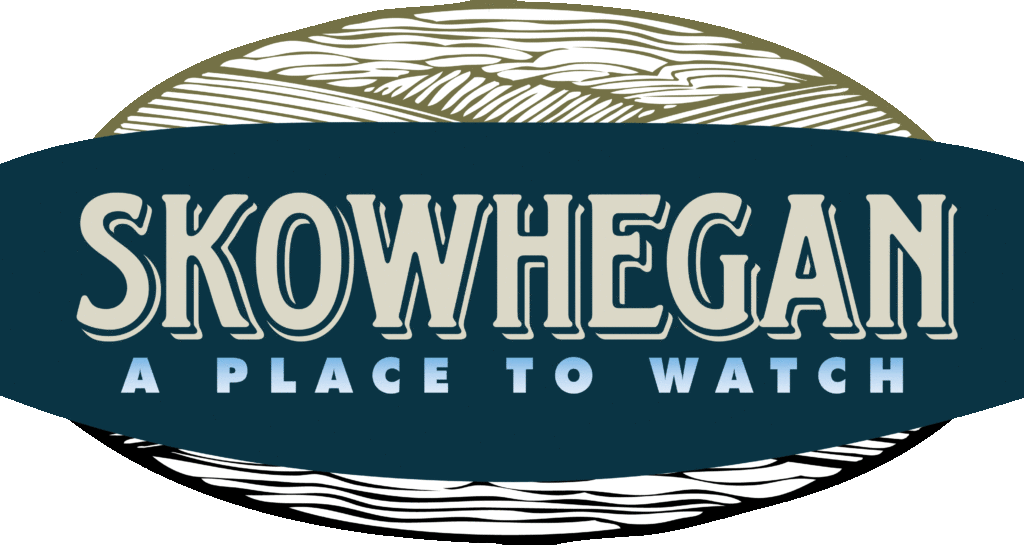Bicentennial Book Club
Polly’s Secret: A Story of the Kennebec (1902) by Harriet A. Nash
(https://babel.hathitrust.org/cgi/pt?id=mdp.39076002156243&view=1up&seq=18)
This is a fictional story set in what was known as the Locke Tavern. The building still stood at an intersection downtown near the river until a fire gutted it in 2017.
The Golden Boys and Their New Electric Cell (1922) by Levi Parker Wyman
(https://books.google.com/books?id=pSlMAQAAMAAJ&pg=PP3#v=onepage&q&f=false)
This is a book written for young adults by an author from Skowhegan, who created the Golden Boys series. The story is set on Lake Wesserunsett.
Arundel (1929) by Kenneth Roberts (https://www.fadedpage.com/books/20180319/html.php)
This work of historical fiction set during the Revolutionary War is an account of Benedict Arnold’s campaign up the Kennebec River with over one thousand troops and a fleet of bateaux during the fall and winter of 1775. The American army was on its way to lay siege to the British bastion of Quebec City. Roberts used journals written by members of the expedition, so the story has a high degree of historical accuracy.
Skowhegan on the Kennebec (1941) by Louise Helen Coburn
This is an encyclopedic two-volume history of the area that became Skowhegan, written by a member of one of the communities leading families.
Margaret Chase Smith: Beyond Convention (1996) by Patricia Schmidt
This is a biography of Margaret Chase Smith, who rose from birth in Skowhegan to serve in Congress for over thirty years between 1940 and 1973 and to run for president of the United States in 1964.
Margaret Chase Smith’s Skowhegan (1996) by Frank Sleeper
This is part of the Images of America series. Through historic photographs, it shows Margaret Chase Smith’s deep connections to her hometown.
Borderline (1998) by Gerry Boyle
As a journalist for the Morning Sentinel, Boyle was based in Skowhegan in the early 1980s. He eventually took up mystery writing and created a character, Jack McMorrow, who passes through Skowhegan from time to time on his way to fictional places. Borderline is set against the backdrop of a travel story about the Arnold Trail. Boyle’s novel Potshot also is set in the Skowhegan area.
No Place for a Woman: A Life of Senator Margaret Chase Smith (2001) by Janann Sherman
This is another biography of Margaret Chase Smith and her rise from Skowhegan to Washington, DC, and then back to Skowhegan again.
Empire Falls (2001) by Richard Russo
This is the story of a down-at-the-heels mill town. It gets associated with Skowhegan because much of the HBO movie was filmed in the community. The Empire Grill hung on as a restaurant for several years afterward. The author maintains that the setting is a composite of several mill towns he has known over the years from his birthplace in New York to his career as a professor and author in central Maine.
Are You Going to Skowhegan Fair? (2016) by R. Wesley Clement.
The story of two former students who return to their hometown.
Lakewood Theatre (2017) by Jenny Oby
This is another Image of America photo history. It focuses on one of the oldest theatres in Maine, Lakewood. Located on Lake Wesserunsett, its origin was as a recreation area served by a streetcar line operating out of Skowhegan.
CHILDREN’S BOOKS
First Lady of the Senate (1989) by Alberta Gould
This biography was authored by a reading teacher in the local school district, who wanted to write an account of Margaret’s life that would be accessible to middle school students.
Margaret Chase Smith: A Woman for President (2008) by Lynn Plourde
The biography of Margaret by noted local author Lynn Plourde is beautifully illustrated and geared for younger grades than middle school.
The Kennebec Is Rising (2014) by Barbara Winslow
This story is based upon a true incident in the history of the Kennebec River. Autumn floods are unusual and this one did a great deal of damage to crops which had been left in the field for harvest. The flood was called the “Pumpkin Freshet” in local history books, because of the hundreds of pumpkins which floated on the crest of the river from bank to bank making their way to the Atlantic.

